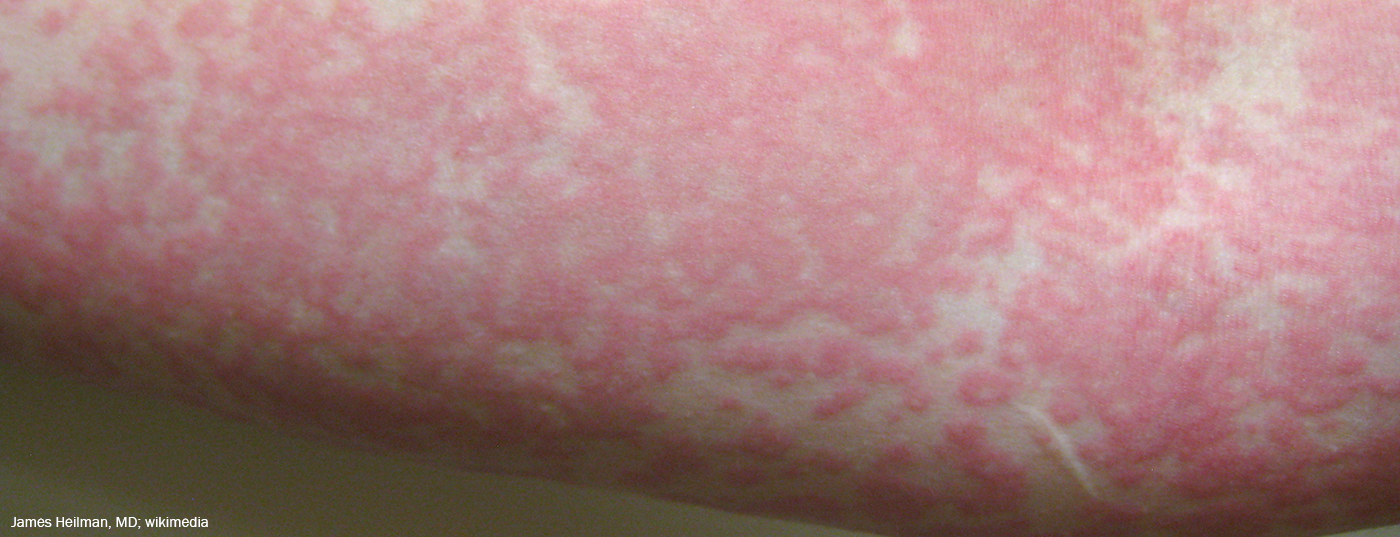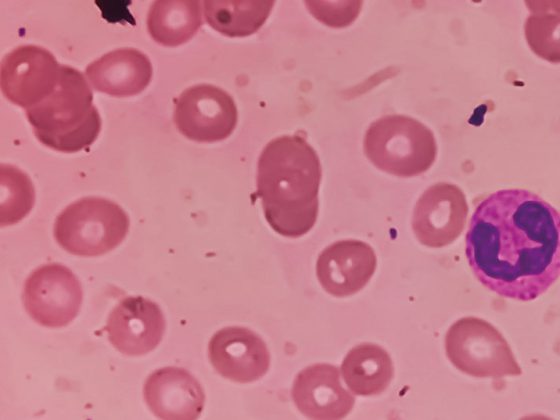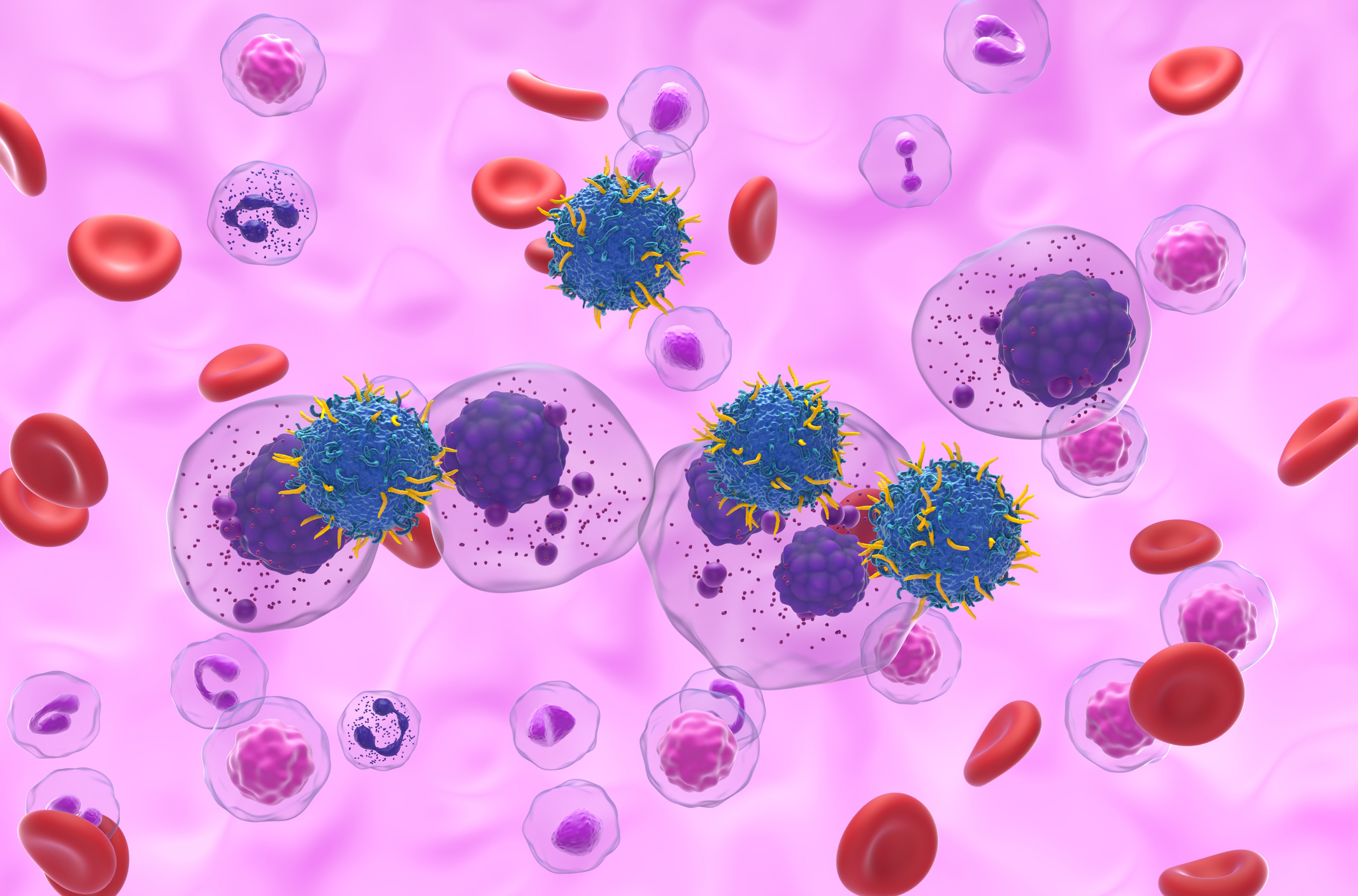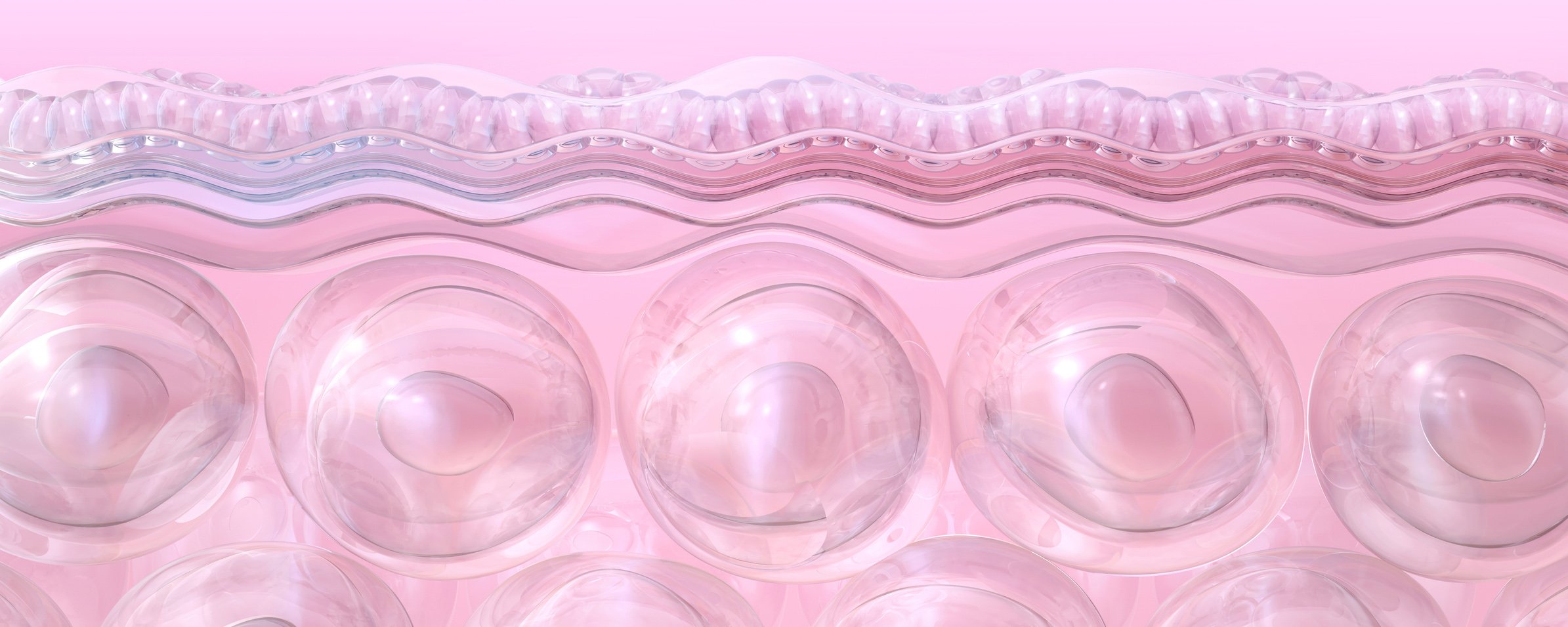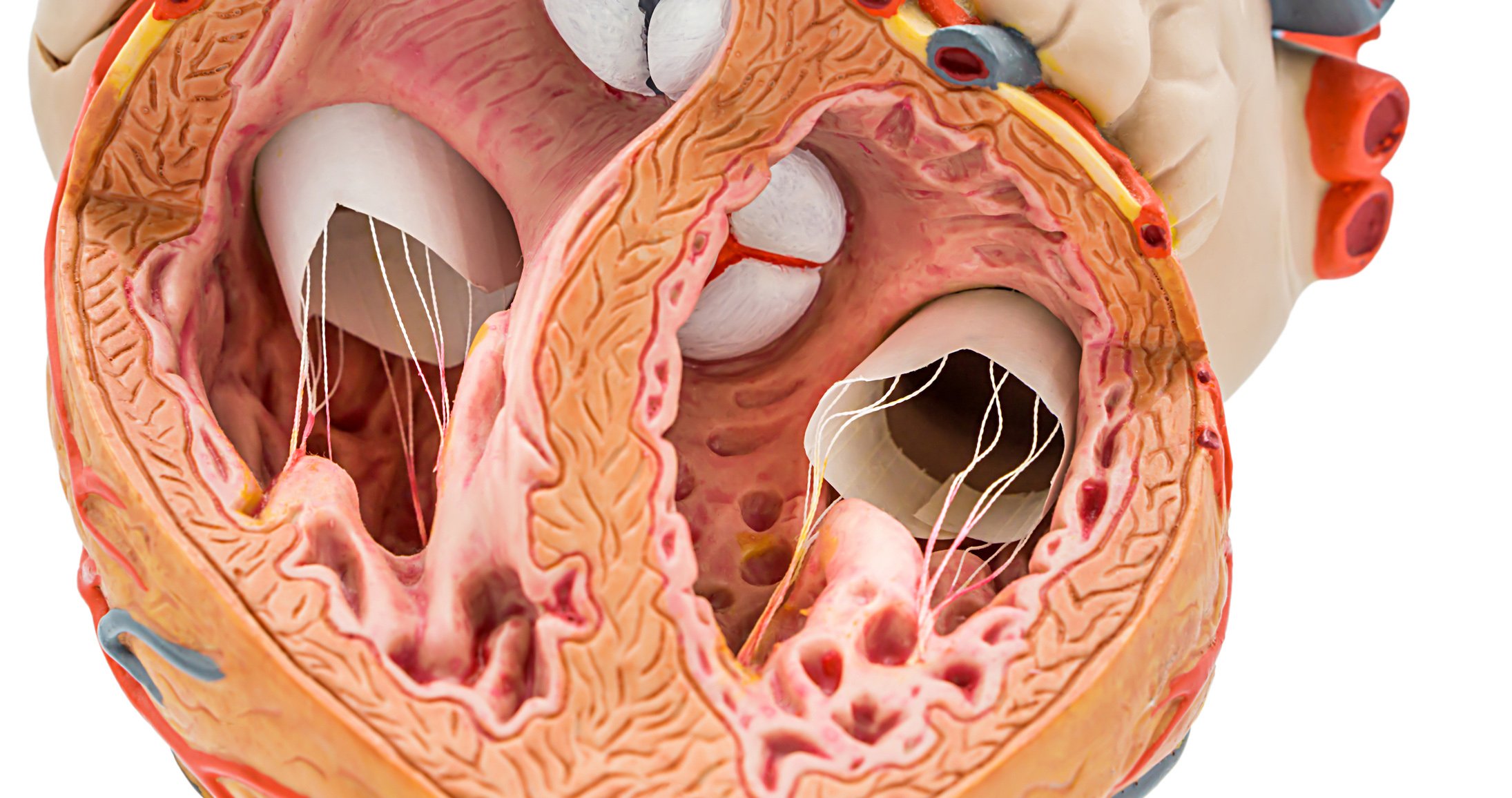According to a secondary analysis, almost one in three patients with chronic urticaria suffers from at least one mental disorder. Sleep-wake cycle impairments are most common, followed by anxiety disorders and mood swings.
If wheals and/or angioedema persist for 6 weeks or longer, this is very distressing for those affected. The urticarial lesions may be associated with severe itching, and angioedema is often painful and burning. Patients’ quality of life is often affected. Stress, sleep disturbances and negative emotions such as anger and mood swings are typical psychological side effects [1–3].
To assess the scientifically documented evidence regarding comorbid mental disorders in chronic urticaria, a research group conducted a systematic literature review according to the PRISMA protocol (“Preferred Reporting Items for Systematic Reviews and Meta-Analyses”) [4,5]. A total of 25 studies were included in the analysis. The evaluations revealed that patients with chronic urticaria (CU) suffer more frequently from mental disorders compared to the healthy general population [4]. According to the analysis of pooled data from several meta-analyses, the prevalence of any psychiatric diagnosis among CU patients was 31.6%. Broken down by DSM-5 (Diagnostic and Statistical Manual of Mental Disorders) classification system, sleep-wake rhythm disorders were the most common at 36.7%, followed by anxiety disorders (30.6%) and mood disorders (29.4%). Trauma and stress-related disorder was present in 17.3%, somatic stress disorder in 17.2%, obsessive-compulsive disorder in 9.3%, and substance dependence disorder had been diagnosed in 4%.
Literature:
- Altinoz AE, et al: Adv Ther 2014; 31(9): 1000-1007.
- O’Donnell BF, et al: Br J Dermatol 1997; 136(2): 197-201.
- Potocka A, et al: Acta Dermatovenerol Alp Pannonica Adriat 2009; 18(2): 53-58, 60, 62.
- Konstantinou GN, Konstantinou GN: Clin Transl Allergy 2019; 9: 42. doi: 10.1186/s13601-019-0278-3.
- Liberati A, et al: BMJ. 2009; 339: b2700. doi: 10.1136/bmj.b2700.
DERMATOLOGIE PRAXIS 2022; 32(2): 51


